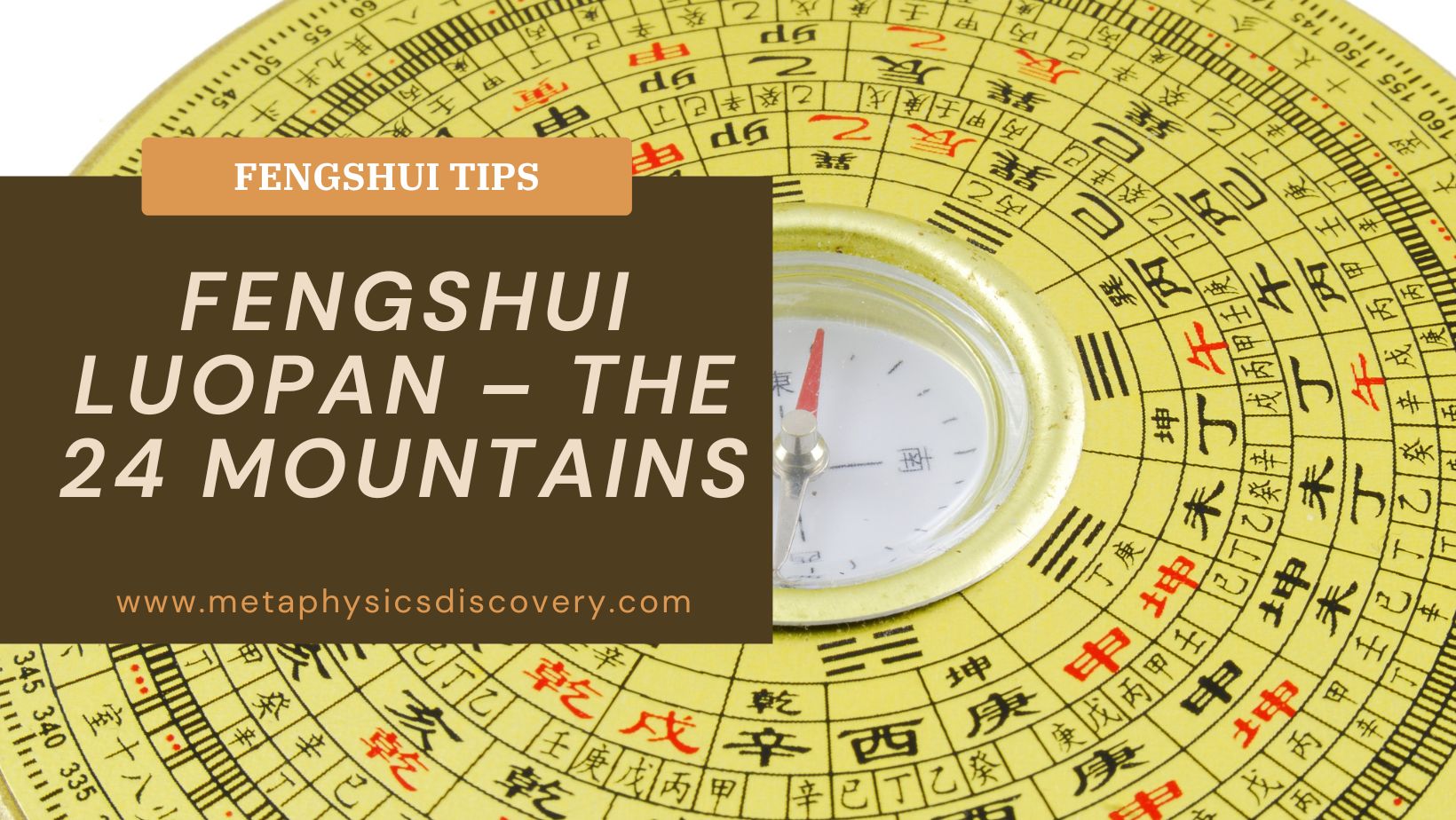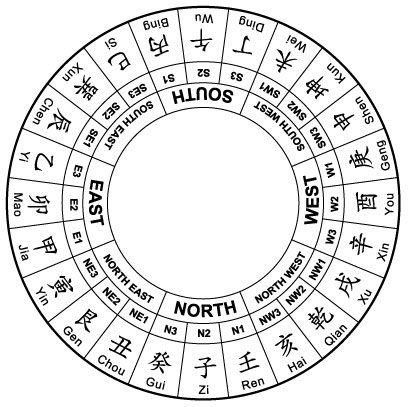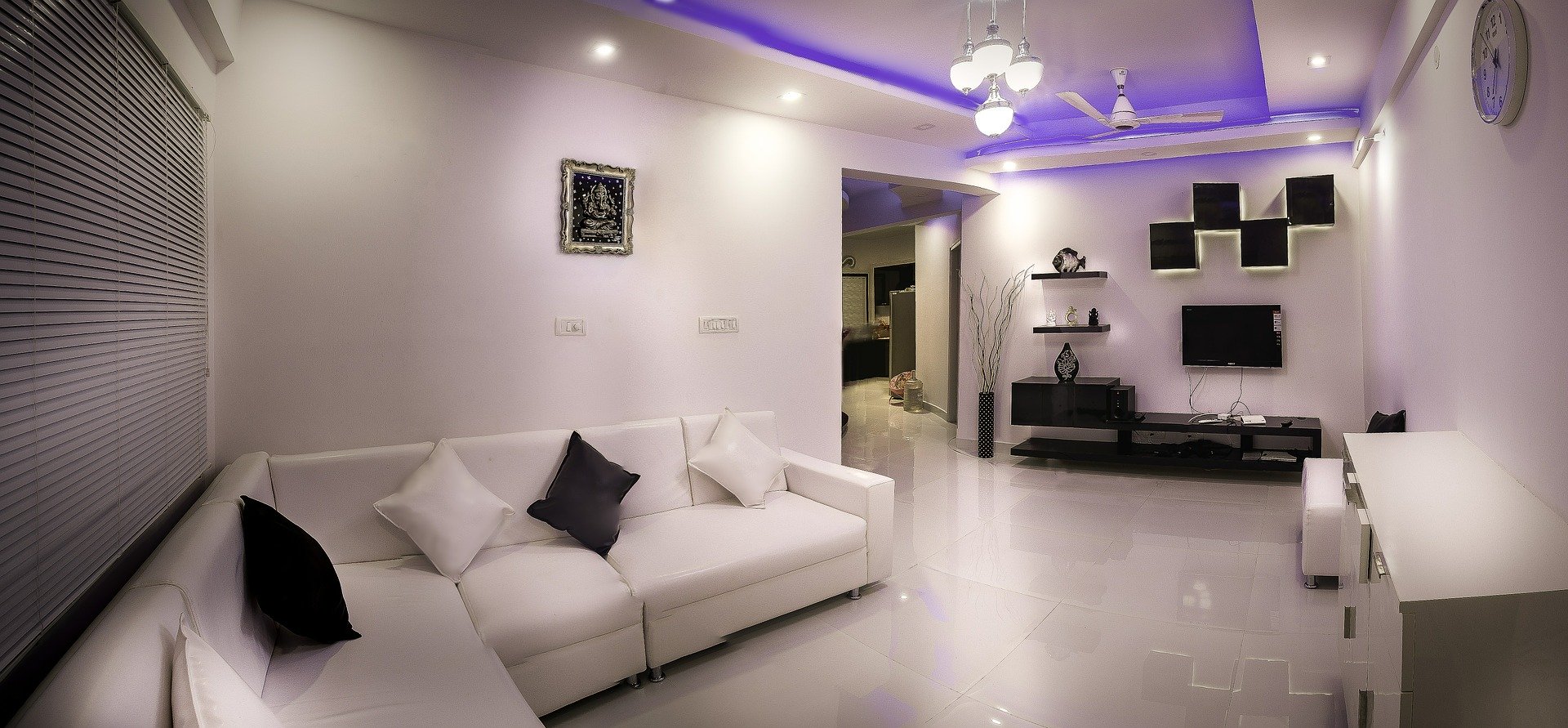Fengshui Luopan – The 24 Mountains

Every Fengshui Consultant or Master will use the Fengshui compass or we also called it Luo Pan (罗 盘 ) during the Fengshui Audit. It is an essential tool when doing a Fengshui audit as the Luo Pan encompasses the 24 mountains which help to determine the direction like the sitting and facing.
Today we will briefly go through what is the 24 mountains about that in place in the Fengshui compass.
What is 24 Mountains ?
Basically, there are 4 main directions which are North, South, East and West but in Fengshui, it will break further into 4 more directions which are North East (NE), North West (NW), South East (SE) and South West (SW) In the compass, it actually sub-divided into 24 sectors. For example for North, there will be N1, N2, and N3 and it can represent different meanings in each sector.
As there are 24 sectors in total, so each sector is made up of about 15 degrees based on 360 degrees divided by 24 sectors. In addition, each sector can also be corresponding to different elements, Gua, Heavenly stems, and Earthly Branches, etc. Here is an example how what the 24 mountains look like with different sectors.

Image Source: Courtesy of Ray Langley
24 Mountains Reference Table
To have a better idea what are all the different 24 mountains, you can refer to the reference table below:
| Direction | Mountains | Degree | Heavenly Stem/ Earthly Branch / Trigram | Sectors | Yin / Yang |
|---|---|---|---|---|---|
| N1 | Ren (壬) | 337.6 - 352.5 | H9 | North | Yang |
| N2 | Zi (子) | 352.6 - 7.5 | E1 | North | Yin |
| N3 | Gui (癸) | 7.6 - 22.5 | H10 | North | Yin |
| NE1 | Chou (丑) | 22.6 - 37.5 | E2 | North East | Yin |
| NE2 | Gen (艮) | 37.6 - 52.5 | T8 | North East | Yang |
| NE3 | Yin (寅) | 52.6 - 67.5 | E3 | North East | Yang |
| E1 | Jia (甲) | 67.6 - 82.5 | H1 | East | Yang |
| E2 | Mao (卯) | 82.6 - 97.5 | E4 | East | Yin |
| E3 | Yi (乙) | 97.6 - 112.5 | H2 | East | Yin |
| SE1 | Chen (辰) | 112.6 - 127.5 | E5 | South East | Yin |
| SE2 | Xun (巽) | 127.6 - 142.5 | T4 | South East | Yang |
| SE3 | Si (巳) | 142.6 - 157.5 | E6 | South East | Yang |
| S1 | Bing (丙) | 157.6 - 172.5 | H3 | South | Yang |
| S2 | Wu (午) | 172.6 - 187.5 | E7 | South | Yin |
| S3 | Ding (丁) | 187.6 - 202.5 | H4 | South | Yin |
| SW1 | Wei (未) | 202.6 - 217.5 | E8 | South West | Yin |
| SW2 | Kun (坤) | 217.6 - 232.5 | T2 | South West | Yang |
| SW3 | Shen (申) | 232.6 - 247.5 | E9 | South West | Yang |
| W1 | Geng (庚) | 247.6 - 262.5 | H7 | West | Yang |
| W2 | You (酉) | 262.6 - 277.5 | E10 | West | Yin |
| W3 | Xin (辛) | 277.6 - 292.5 | H8 | West | Yin |
| NW1 | Xu (戌) | 292.6 - 307.5 | E11 | North West | Yin |
| NW2 | Qian (乾) | 307.6 - 322.5 | T6 | North West | Yang |
| NW3 | Hai (亥) | 322.6 - 337.5 | E12 | North West | Yang |
Conclusion
With all these tools in place in the compass (Luo Pan), it is like a textbook with answers that allows practitioners to easily identify the information during Fengshui Audit.






